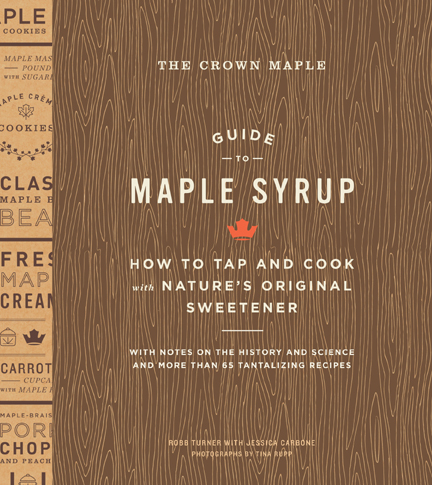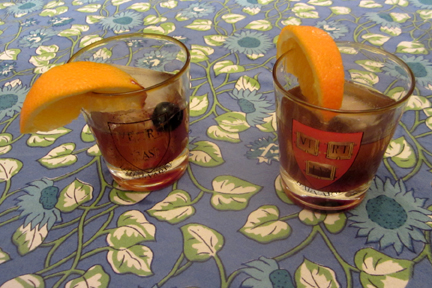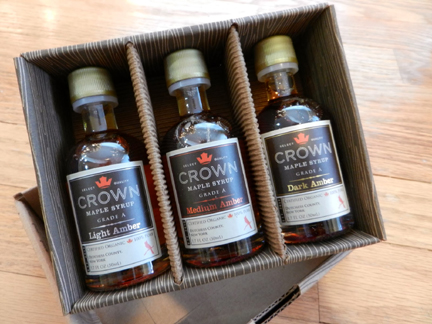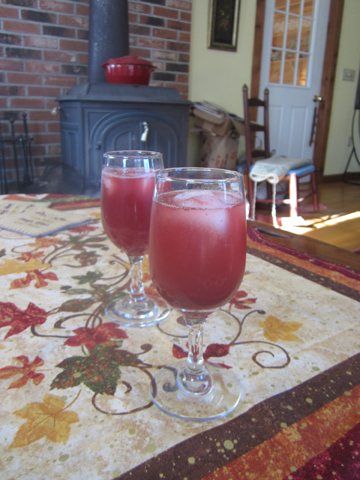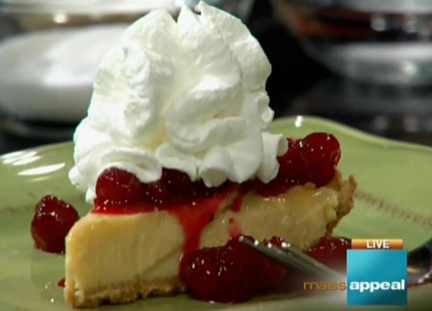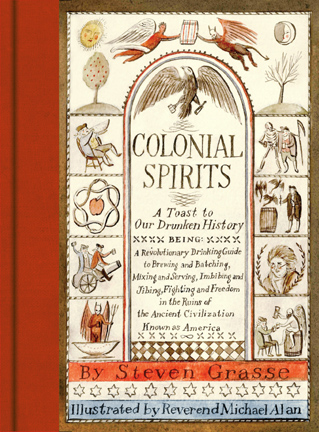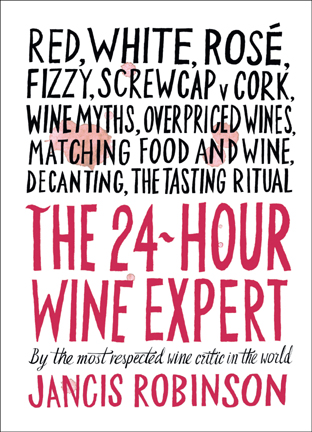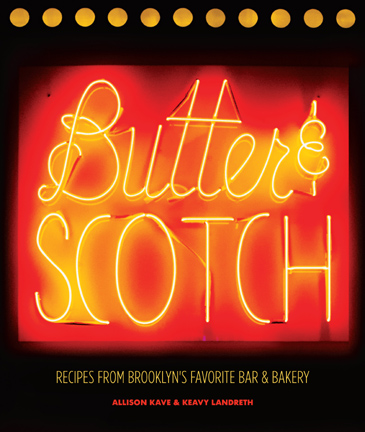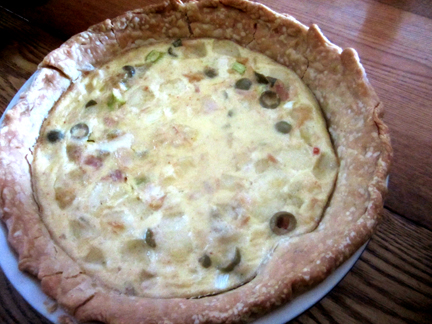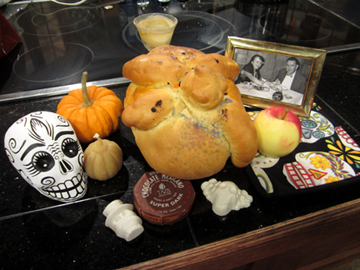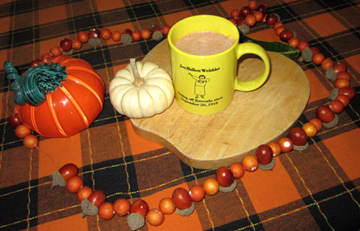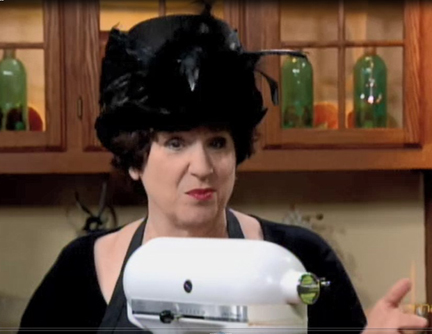
I’m not much of a cider drinker in general. When cider comes fresh from a local orchard, however, I can’t resist it.
This weekend my area in western Massachusetts will once again celebrate Franklin County Cider Days. Hard cider is now very chic—but we loved it before it was chic; this festival has been going on for more than two decades.
This year’s offerings include an amateur-cider-making competition, a cider dinner (already sold out!), tastings, lectures, and cooking demonstrations. I’m not involved this year, but even without me the weekend will be full of fun and flavor.
So when I went on Mass Appeal this morning to celebrate Halloween I felt that I should make something cider related. I only spearheaded one segment myself; the cidery in my own town of Hawley, Headwater Cider, sent a representative to make some pretty snazzy cocktails with Headwater’s hard cider.
My segment was simpler but also tasty. I mulled some cider. To me, mulling cider and Halloween go together; when the door keeps opening to admit trick or treaters, it’s nice to have something warming on the stove.
Because mulling cider is such a snappy recipe, I also made some of my chock-full oatmeal cookies. They go beautifully with the cider—and they’re a great Halloween offering for any trick or treaters who can’t eat chocolate.
Happy Halloween! Happy Cider Season!
Ingredients:
1/2 gallon apple cider (use the best quality you can find, from a farm/orchard if possible)
4 cinnamon sticks
several cloves (whole)
1 tablespoon orange zest
1/4 cup brown sugar or maple syrup (optional, but useful if your cider is on the tart side; mine definitely didn’t need the additional sweetness)
Instructions:
Combine the ingredients in a heavy saucepan. If you want to avoid a mess, put the spices in a cheesecloth bag or infuser. Or just ladle around them at the end (my choice).
Bring the mixture to a boil. Reduce the heat to a VERY low setting and simmer, almost covered, for 20 to 30 minutes. Serves 8.
And now the videos:
Cider Cocktails from Headwater Cider
Tinky Makes Mulled Cider and Chock-Full Oatmeal Cookies
